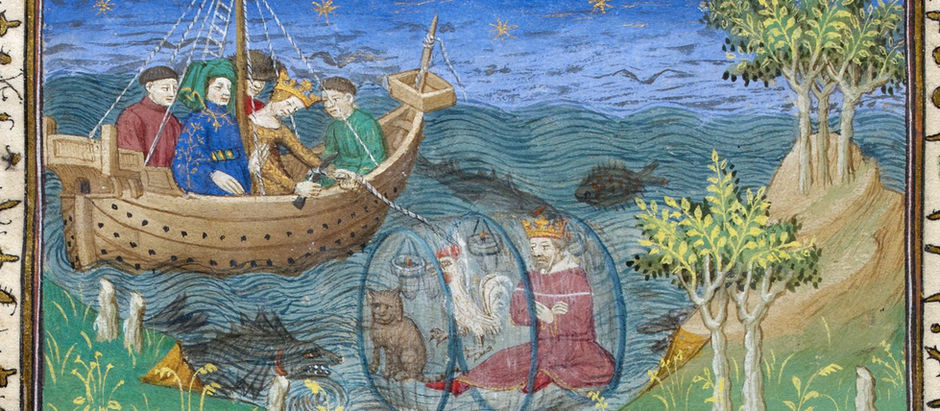top of page

Search


Folklorist’s Notebook; Lazy Summer Edition
My 2024 summer yard meadow. The end of the lazy summer days approaches and the sun and humidity have blessedly agreed to allow us to...

Ben Hellman
Sep 15, 2024


The Privilege of Hubris
A medieval miniature of Alexander the Great being lowered into the sea in a bathysphere, from Le Livre et le vraye hystoire du bon roy...

Ben Hellman
Sep 23, 2023


Of Beasts that Gloat and Plunder
The Twa Corbies, preparing to dine on the dead knight below, from “Some British Ballads,” 1919, by Arthur Rackham, (Wikimedia Commons)....

Ben Hellman
Jun 29, 2023
PRACTICAL MYTHOLOGY
Benjamin Hellman's Blog
bottom of page